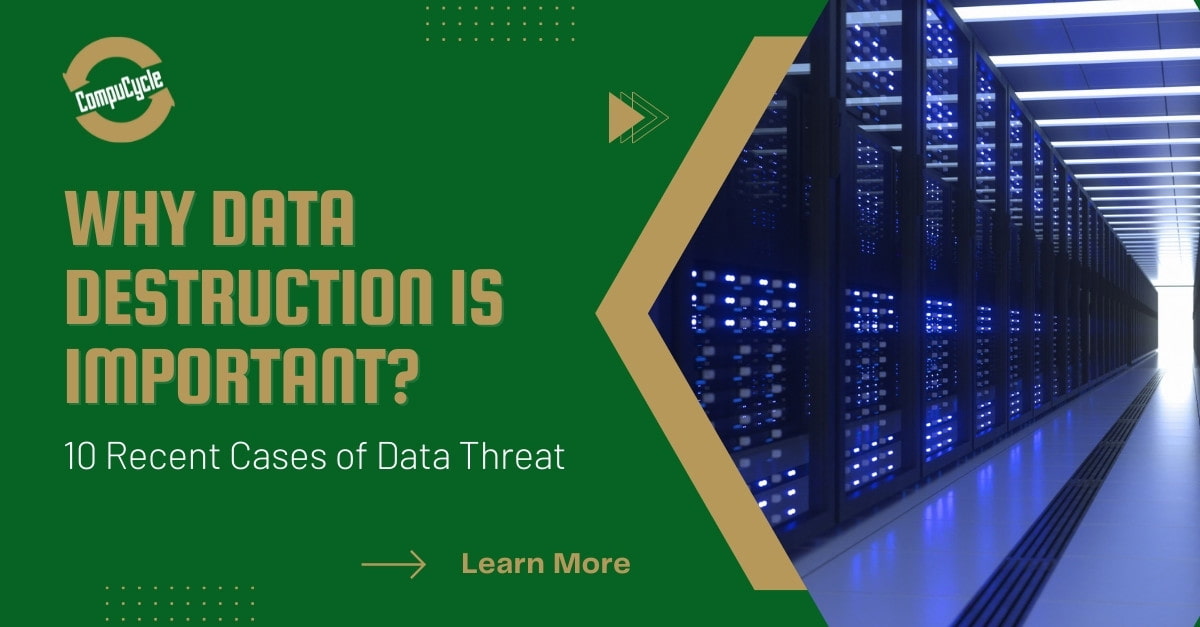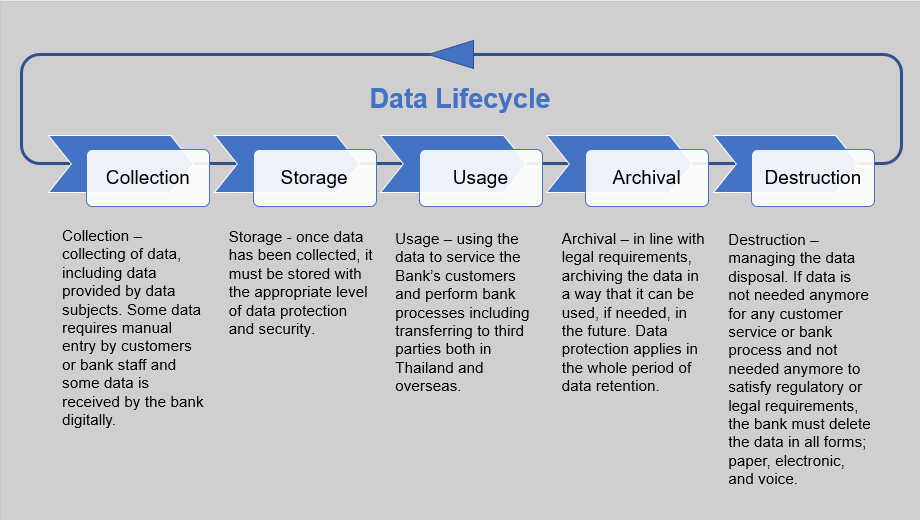Leading Tips for Ensuring Secure Data Destruction in Your Cyber Security Plan
Leading Tips for Ensuring Secure Data Destruction in Your Cyber Security Plan
Blog Article
The Relevance of Effective Data Devastation Practices in Shielding Sensitive Info and Ensuring Computer Safety
In an era where information violations are increasingly usual, the value of reliable data damage methods can not be overemphasized. Carrying out durable data devastation approaches not only reduces these risks yet also straightens with legal conformity requirements, making certain that companies support their credibility and foster client trust.
Recognizing Information Devastation
Understanding data destruction is important in today's digital landscape, where delicate info can easily be jeopardized. Efficient data devastation includes not simply erasing documents but ensuring that data is irretrievable with extensive techniques. This process is crucial for companies that manage confidential customer information, intellectual home, or internal papers, as any breach can cause severe financial and reputational consequences.
Information damage encompasses different techniques, consisting of shredding physical media, degaussing magnetic storage space tools, and using software-based remedies that overwrite information several times. Each approach serves a details function and should line up with the level of sensitivity of the information being thrown away. For instance, physical devastation is frequently favored for hard disks containing extremely private information, while software program techniques might be adequate for less sensitive details.
Furthermore, sticking to sector standards and guidelines, such as the General Data Protection Regulation (GDPR) or the Medical Insurance Portability and Accountability Act (HIPAA), is imperative for conformity and to mitigate lawful threats. Organizations must establish a robust data destruction policy, train employees on finest techniques, and consistently examine their procedures to guarantee that all delicate information is gotten rid of safely and successfully.
Risks of Inadequate Practices
Insufficient data devastation techniques reveal companies to significant risks that can have far-reaching repercussions. When sensitive info is not appropriately taken care of, it remains prone to unapproved accessibility, which can result in data breaches and identification theft. Such occurrences not only jeopardize the safety of people yet likewise tarnish the organization's track record, resulting in a loss of consumer depend on and prospective monetary consequences.
Furthermore, regulatory compliance is progressively strict in many sectors. Failing to stick to information damage laws can lead to substantial fines and lawsuits against organizations. These penalties can draw away and strain financial sources focus from core service operations.
Additionally, the abuse of residual data can result in copyright theft or company reconnaissance, threatening competitive benefits (data destruction). The effect of insufficient information destruction expands beyond instant economic losses; it can also lead to lasting damage to brand integrity and market setting

Organizations need to acknowledge that data safety is not entirely about avoiding violations; it additionally incorporates the accountable monitoring of information throughout its lifecycle. Overlooking efficient information devastation methods can have disastrous implications, highlighting the need for robust steps to mitigate these dangers.
Finest Practices for Data Damage
Executing reliable information devastation techniques is vital for securing sensitive information and keeping compliance with regulatory standards. Organizations needs to embrace a multi-faceted approach to guarantee that information is irretrievable, thus preventing unapproved access and potential violations.
First, data ought to be categorized based upon sensitivity, enabling companies to use suitable destruction methods customized to the level of danger. For electronic data, utilizing software-based data-wiping tools that adhere to industry criteria can effectively overwrite existing data. Physical damage methods, such as shredding or degaussing, are crucial for tools that save sensitive information, making sure full removal.
Developing a clear data retention plan is crucial, detailing the length of time different kinds of info must be preserved prior to destruction. Routine audits of information storage systems are also necessary to identify unneeded or check it out out-of-date data needing removal.
Furthermore, training staff members on the importance of information damage and the details procedures to adhere to fosters a culture of security within the company. Maintaining documentation of information devastation refines gives liability and supports compliance with external regulations and internal plans. By adhering to these finest methods, companies can dramatically reduce the risks connected with information direct exposure.
Legal and Conformity Factors To Consider

Failing to follow these policies can result in severe fines, including considerable penalties and reputational damages. Organizations needs to apply a robust information devastation plan that aligns with these legal structures and gives clear standards on the proper techniques of data disposal, whether physical shredding or electronic cleaning.
Additionally, preserving paperwork of data damage activities is necessary for demonstrating compliance throughout audits or inspections. By prioritizing legal and compliance factors to consider, companies can enhance their information security stance and foster count on with stakeholders and clients, ultimately adding to a much more protected data management environment.
Advantages of Effective Information Devastation
Efficient data devastation techniques prolong beyond plain conformity; they Get the facts supply significant advantages to companies that prioritize them. By ensuring that sensitive info is irretrievably destroyed, organizations mitigate the threat of information breaches and the prospective economic effects linked with them. This positive approach not only safeguards against unapproved access but additionally enhances the overall trustworthiness of the company in the eyes of stakeholders and clients.
Carrying out durable information destruction approaches, such as physical destruction of storage space gadgets or innovative information wiping strategies, adds to the conditioning of a company's cybersecurity position. data destruction. It lowers the likelihood of intellectual residential property burglary and protects exclusive details, therefore preserving an one-upmanship view website in the market

Verdict
In verdict, effective data destruction techniques are essential for protecting delicate information and enhancing general computer system security. By implementing thorough techniques such as degaussing, shredding, and software application overwriting, companies can mitigate the dangers associated with unapproved gain access to and information breaches. Adherence to regulatory criteria, including GDPR and HIPAA, further reinforces compliance and safeguards versus legal consequences. Inevitably, a commitment to robust data destruction techniques fosters a society of obligation, consequently strengthening an organization's cybersecurity position and preserving customer trust.

Report this page